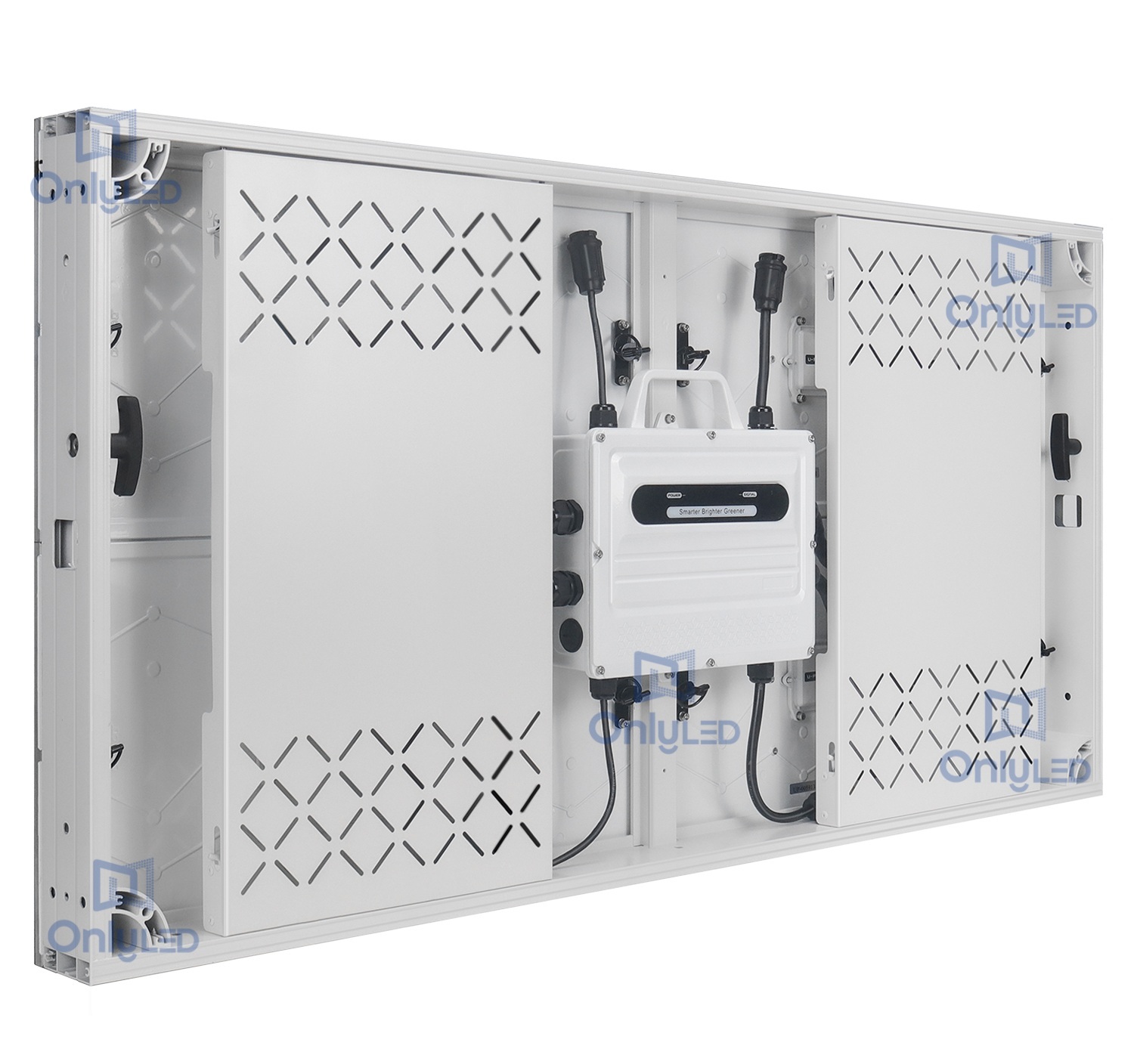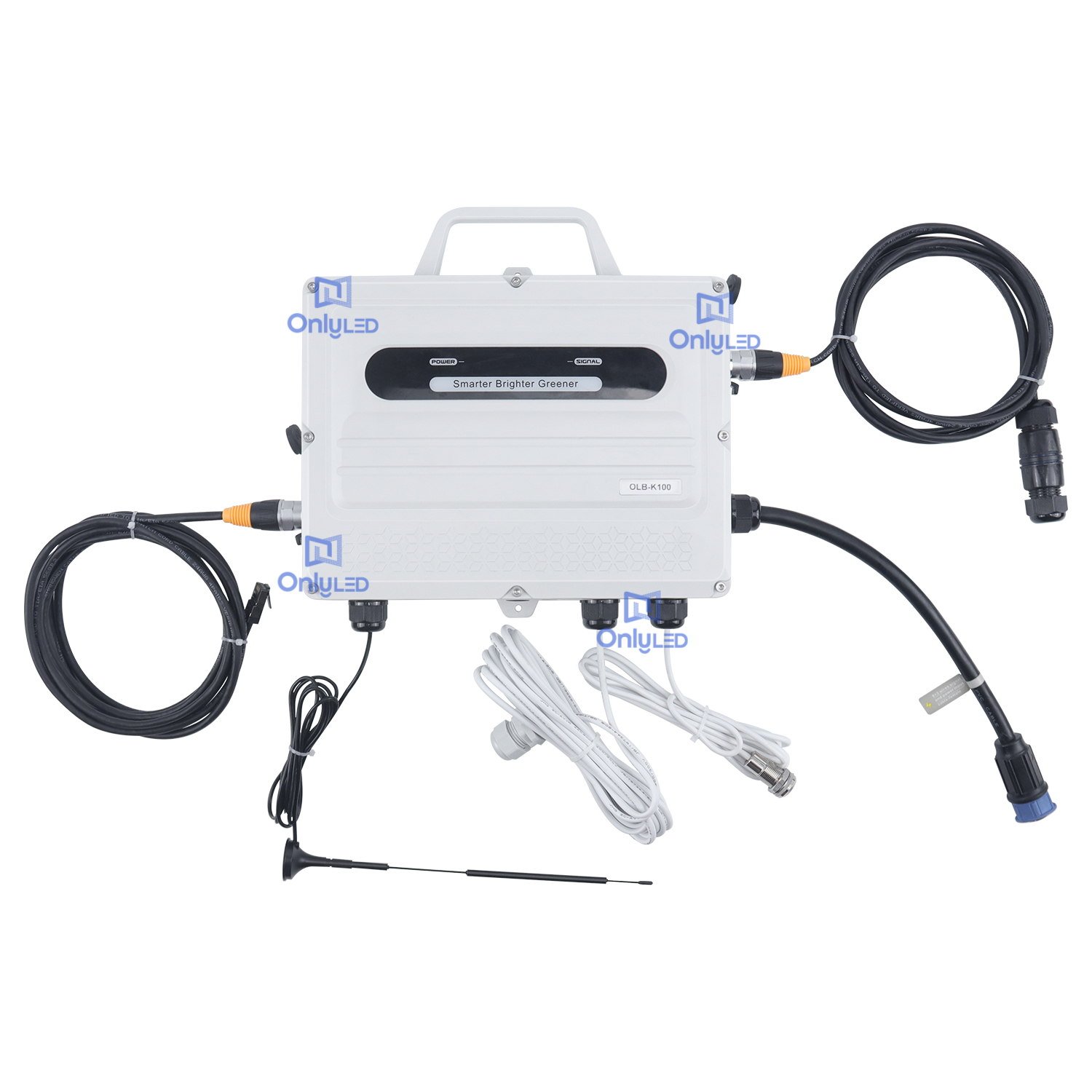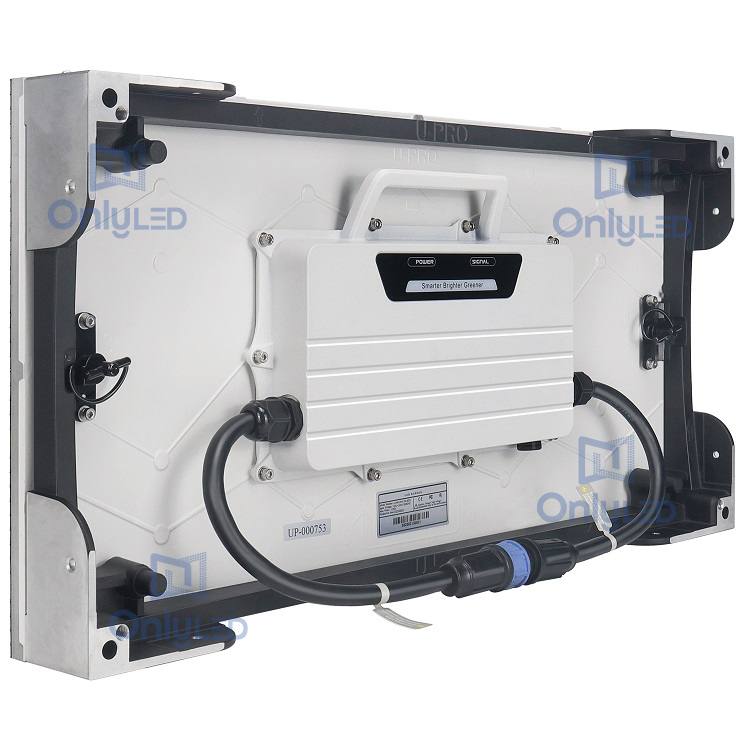Industry News
Introduction: Challenges and Solutions

Outdoor displays are increasingly being used in various applications such as digital signage, advertising, and entertainment. However, these displays face unique challenges due to their exposure to harsh environmental conditions. In this article, we will explore the special environmental adaptability and protection level requirements for clear outdoor displays.
1. Environmental Adaptability
Outdoor displays must be designed to withstand a wide range of environmental factors, including temperature variations, moisture, sunlight, and dust. To ensure environmental adaptability, the following considerations should be taken into account:
a. Temperature range: Outdoor displays must be able to operate effectively under extreme temperatures, ranging from scorching heat to freezing cold. The display components should be designed with materials that can withstand these temperature extremes without degrading performance.
b. Moisture resistance: Outdoor displays should be equipped with waterproof and moisture-resistant enclosures to protect the internal components from rain, snow, and humidity. This prevents damage to the display and ensures longevity.
c. Sunlight readability: Clear outdoor displays need to be sunlight-readable to ensure optimal visibility even in bright sunlight conditions. This can be achieved through the use of high-brightness displays, anti-glare coatings, and automatic brightness adjustment technologies.
d. Dust and debris protection: Outdoor environments often contain dust, dirt, and debris that can accumulate on the display surface and affect visibility. Special measures such as dust-resistant coatings and proper sealing techniques should be implemented to prevent dust from adhering to the display.
2. Protection Level Requirements
Clear outdoor displays need to have sufficient protection levels to ensure their durability and performance. The following protection level requirements should be considered:
a. Impact resistance: Outdoor displays may be susceptible to accidental impact, such as vandalism or contact with objects. To minimize the risk of damage, the display should be designed with impact-resistant materials and protective layers.
b. Environmental sealing: The display enclosure should provide adequate protection against dust, water, and other environmental factors. IP (Ingress Protection) ratings are commonly used to indicate the level of protection an enclosure offers against these elements.
c. Shock and vibration resistance: Outdoor displays may be subject to vibrations and shocks caused by external forces such as strong winds or transportation. Therefore, they should be designed to withstand such stresses without impairing performance.
Conclusion
Clear outdoor displays require special environmental adaptability and protection level requirements to withstand the challenges posed by the outdoor environment. By considering factors such as temperature range, moisture resistance, sunlight readability, impact resistance, environmental sealing, and shock/vibration resistance, manufacturers can ensure that their outdoor displays deliver optimal performance and durability. Implementing these considerations will not only enhance the reliability of outdoor displays but also extend their lifespan, making them suitable for a wide range of applications.




